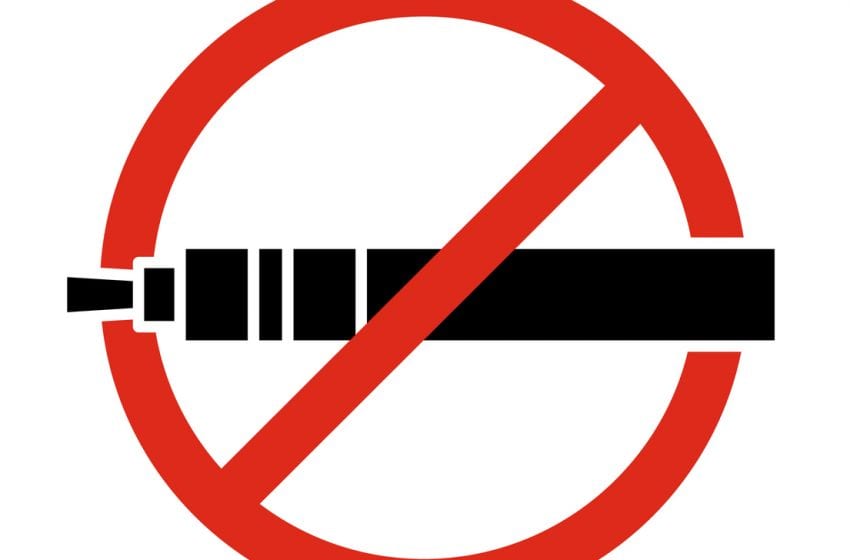In a study of adult smokers in Scotland given a blu PRO vaping device and liquids, more than a third completely switched to vaping while the others significantly reduced their average smoking frequency, according to a press note by Imperial Brands’ Fontem Ventures subsidiary.
A new peer-reviewed study funded by Fontem Ventures and published in the Journal of Environmental Research and Public Health of 72 adult smokers willing to try vaping as an alternative to smoking found that after 90 days, 37 percent of them had completely replaced their cigarettes and switched to Fontem Ventures’ blu vaping products.
“Our data show that it is possible to facilitate significant behavioural change on the part of smokers as a result of providing them with access to high quality e-cigarette products, at least for a short period of time,” said Professor Neil McKeganey, director of the Centre for Substance Use Research, who conducted the study.
The 72 adult smokers were given access to the blu PRO open system e-cigarette and a range of commercially available blu flavors and nicotine strengths through the duration of the study.
After 90 days the researchers found:
- 36.5 percent of the participants had switched to vaping completely;
- A reduction in daily smoking from 88.7 percent of participants at baseline to 17.5 percent;
- A reduction in cigarette smoking from an average of 14.38 to an average of 3.19 per day;
- A decrease in the average number of days per month that participants smoked, from 27.87/30 at baseline to 9.22/30 days after 90-days.
- Non-tobacco flavor e-liquids were preferred by the majority of participants.
‘The number of smokers who switched to vaping completely increased from baseline to day-30 and continued to rise throughout the study duration (90 days),’ the note said. ‘The finding suggests that the use of vaping products may have additional benefits with longer use – i.e. a proportion of smokers completely switched within the first month of use, but a larger proportion needed more than two months to make the switch and gradually switch over a longer period.’
“All participants found the flavors used were important in helping them to switch or cut down and 92.1 percent believed that the blu PRO had helped them to cut down or replace smoking completely at 90 days,” said McKeganey.
Meanwhile, Dr Grant O’Connell, corporate affairs manager, at Fontem Ventures said that in contrast to these “impressive results”, licensed nicotine replacement therapies had been shown to be substantially less satisfying to smokers as evidenced by their modest efficacy, in some cases less than 15 percent smoking abstinence after three months use.
“The 40 percent of UK smokers who have not even tried an e-cigarette should be encouraged to try products such as blu as an alternative to smoking. It is also clear from the data that vapers who continue to smoke, termed dual users, are undergoing a longer-term transition from smoking to non-smoking, moving through different stages of use that are not evident in snapshot surveys,” said O’Connell.
The study can be downloaded here.










